It is hard to believe now, but the Japanese only started consuming meat about 150 years ago. Before this, traditional Japanese cuisine consisted solely of pescatarian and vegetarian dishes.
In this roundup, I have curated 20+ exquisite vegetarian Japanese dishes, from traditional to contemporary vegetarian twists!
1. Tofu Gyoza
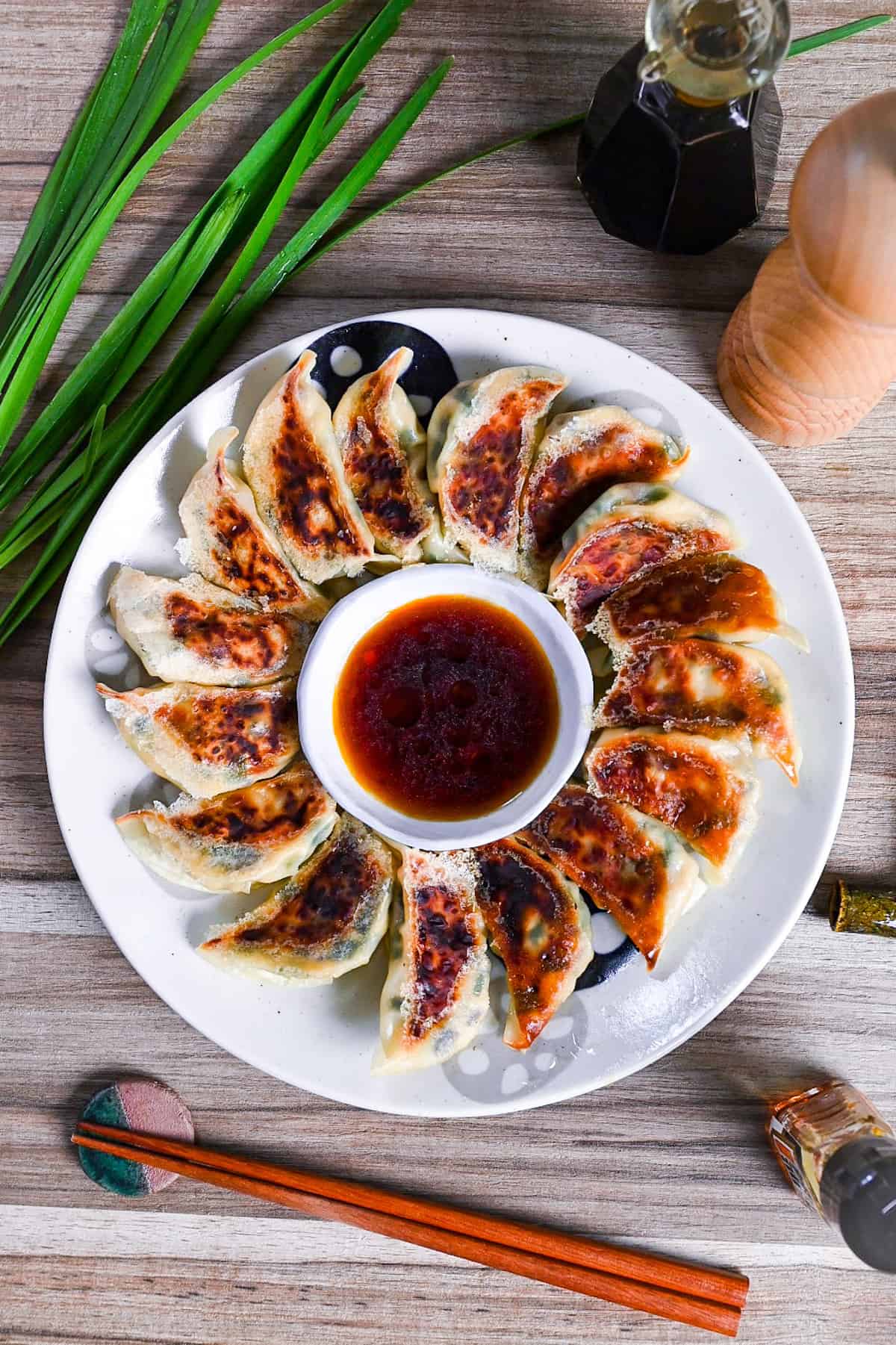
Gyoza is a Chinese-inspired Japanese pan-fried dumpling made by creating a thin gyoza wrapper and housing various fillings. Usually, these three primary fillings are popular options: ground pork, shrimp, or vegetables.
But this recipe uses tofu as a meat substitute for an equally appealing, plant-based version of traditional gyoza. The process required constant adjustments and experimentation with various seasonings and ingredients. The tofu gives it a unique texture and flavor!
2. Simmered Pumpkin (Kabocha no Nimono)
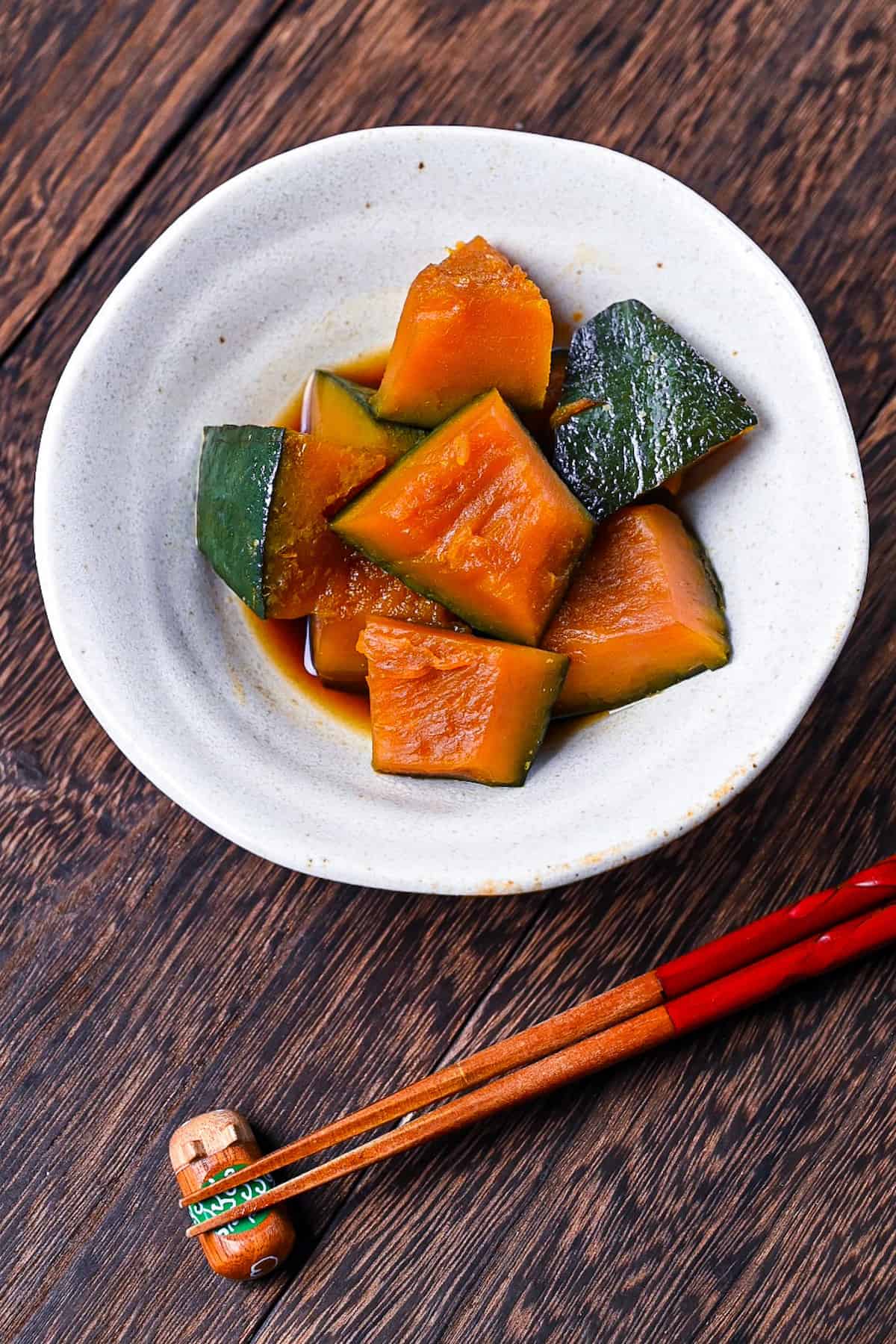
Kabocha no Nimono is a popular Japanese dish made with small pieces of kabocha pumpkin simmered in a broth seasoned with soy sauce, sake, and mirin. The green skin is usually left on for nutritional value and visual appeal.
Try this simple yet hearty dish and experience the homely qualities of traditional Japanese home cooking! Make sure to use vegan dashi to make this recipe plant-based!
3. Yaki Onigiri (Japanese Grilled Rice Balls)

Yaki Onigiri is a Japanese rice ball shaped into triangles, coated with a soy sauce-based sauce, and then pan-fried or grilled.
I’ve refined the sauce by blending soy sauce and miso to create the ultimate version. Grilling Yaki Onigiri can be tricky, and I’ll share some essential tips to avoid common mistakes.
4. Kinpira Gobo (Braised Burdock Root)
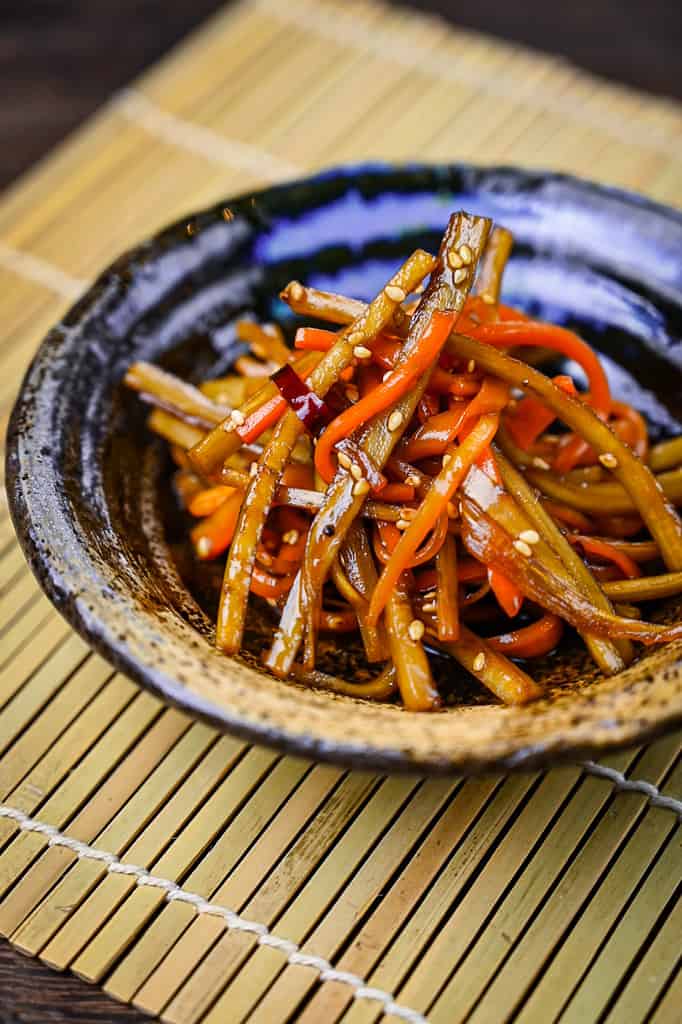
Kinpira Gobo is a popular Japanese side dish made with burdock root that has been finely cut, stir-fried, and simmered in a sweet and savory sauce. It is quick and easy to prepare and is a staple in Japanese home cooking.
Its crunchy texture and delicious savory-sweet taste make it a perfect side dish to complement a variety of main dishes. Try making it yourself and experience the joy of authentic Japanese home cooking!
5. Pickled Cucumber with Ginger (Kyuri no Tsukemono)
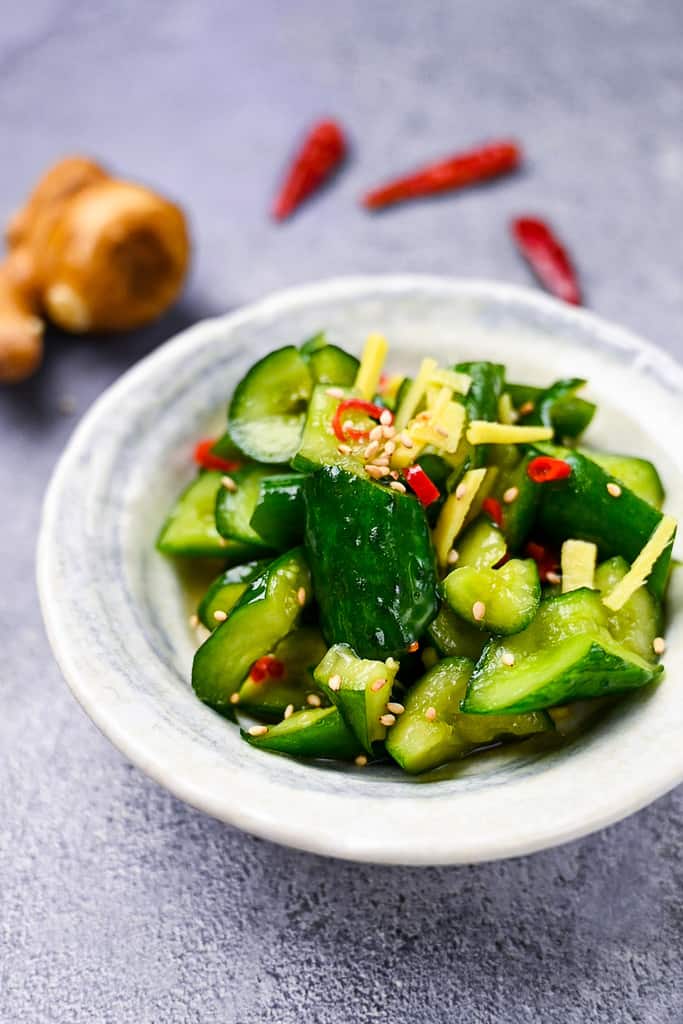
Tsukemono are Japanese pickles in various shapes, colors, and flavors. They are a popular side dish in many Japanese meals, with over 4000 types of tsukemono. Cucumber pickles are a favorite, celebrated for their unique taste and texture.
This recipe honors the authentic taste of traditional Japanese cucumber pickles with a personal twist of ginger and chili to elevate the flavor. It is quick and easy, ensuring that anyone can enjoy the crisp, refreshing taste of homemade pickles without any fuss!
6. Kappa Maki (Cucumber Sushi Rolls)
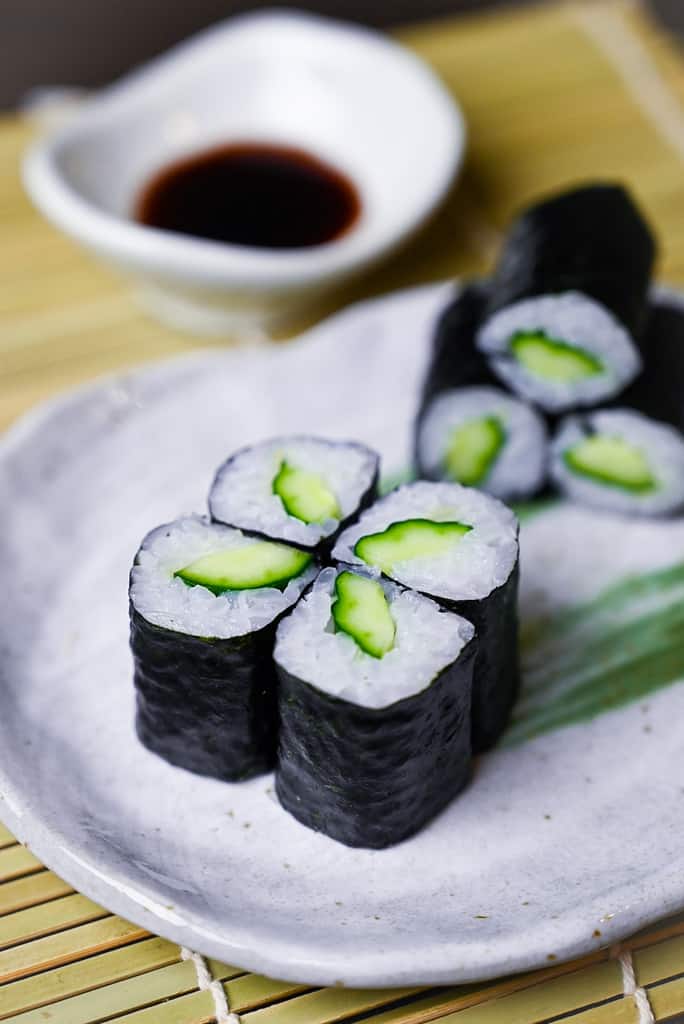
Kappa maki is a type of sushi roll that is made using three main ingredients – sushi rice, nori, and cucumber. It’s a simple recipe everyone, including vegetarians and vegans, can enjoy.
Since it only uses one filling, it’s an excellent sushi roll for beginners who want to practice rolling makizushi at home!
7. Kombu Onigiri (Simmered Kelp “Tsukudani” Rice Ball)
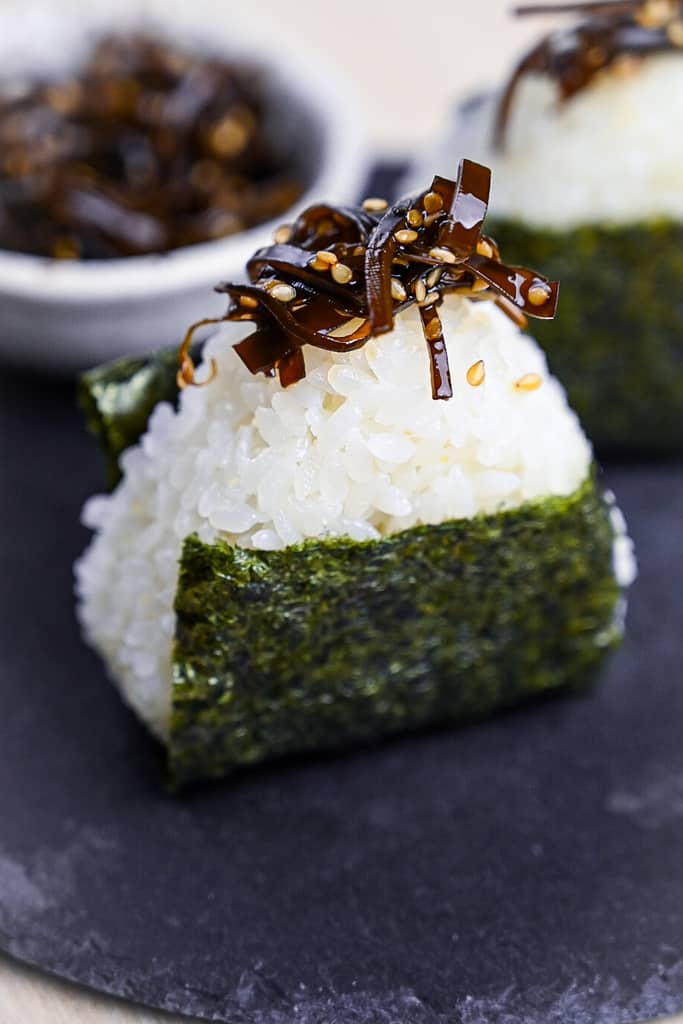
Kombu rice balls are made by simmering used kelp with soy sauce and mirin to create “tsukudani”. Combine tsukudani with plain rice to create a delicious filling for rice balls.
This recipe is a great way to use up rehydrated kombu and is a nod to tradition and sustainability. Instead of throwing away the kelp after making dashi, you can give it a second life in a delicious rice ball!
8. Plant-Based Mabo Nasu (Japanese Mapo Eggplant)
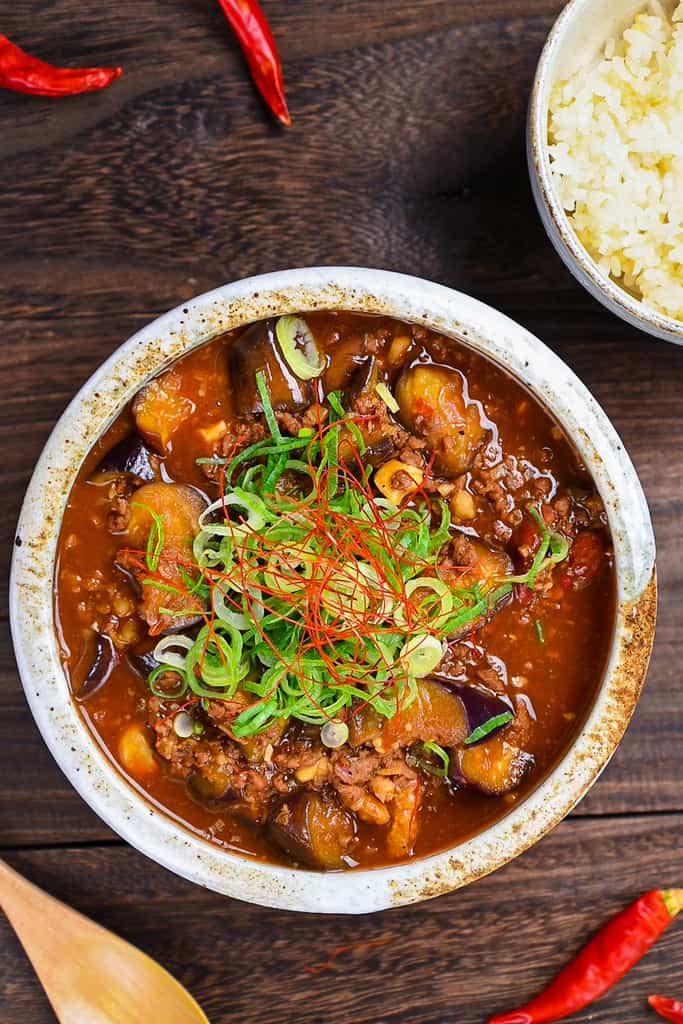
Mabo Nasu is a rich and spicy eggplant dish made with ground meat and aromatics. This recipe is a plant-based version, using a ground meat alternative made from soy and all plant-based seasonings.
It’s a deliciously unique take on the classic dish that’s both satisfying and wholesome. Give it a try and taste the plant-based magic for yourself!
9. Ginger Miso Soup (Plant-based)
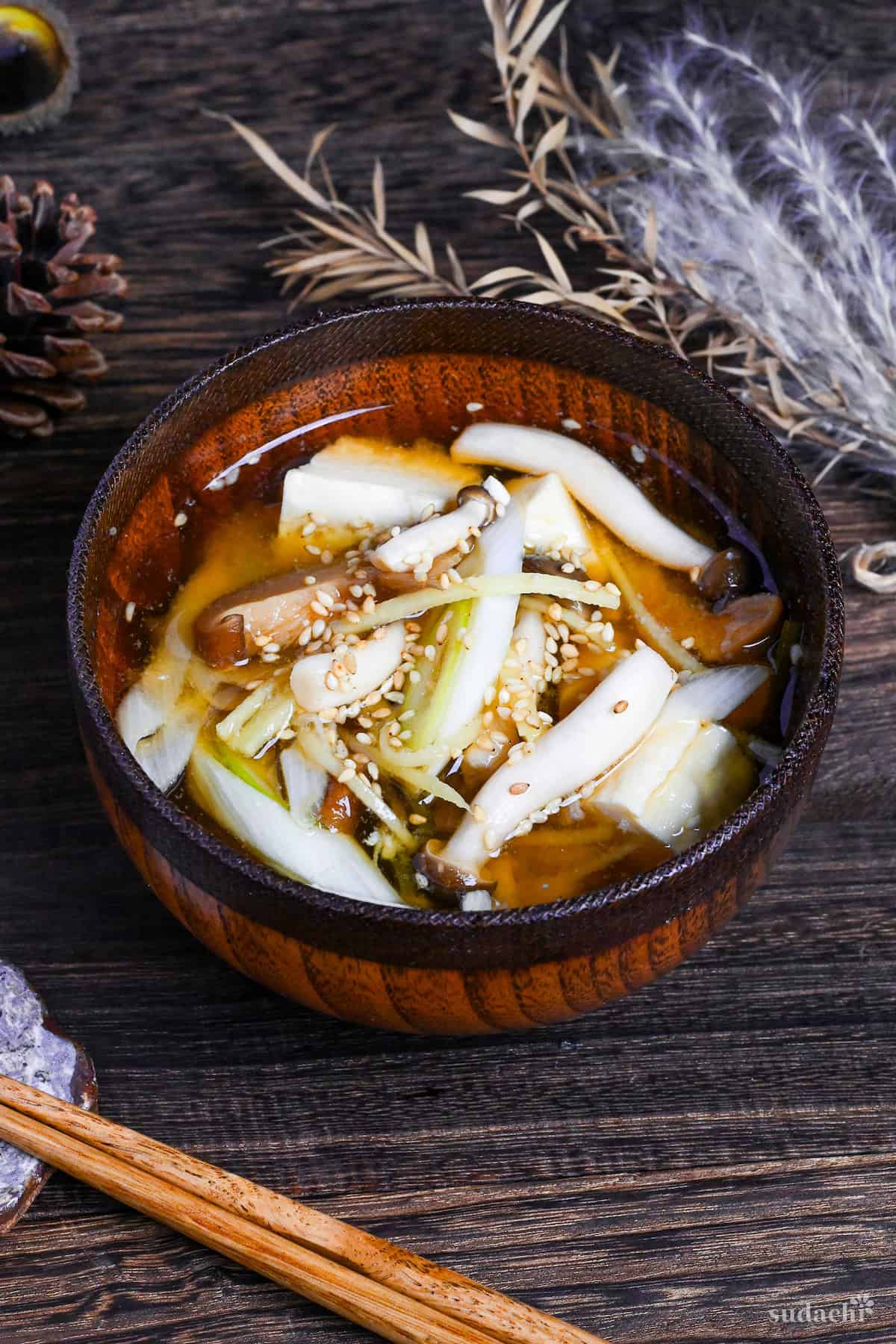
Miso soup is a Japanese soup made by blending miso paste in dashi broth. Dashi usually contains seafood, making most miso soups non-vegan. To make a vegan version, choose miso paste and ingredients carefully.
But no need to look further! Here is a recipe for plant-based version of authentic miso soup with ginger!
10. Pan Fried Tofu Steak with Japanese Sauce (Vegan)
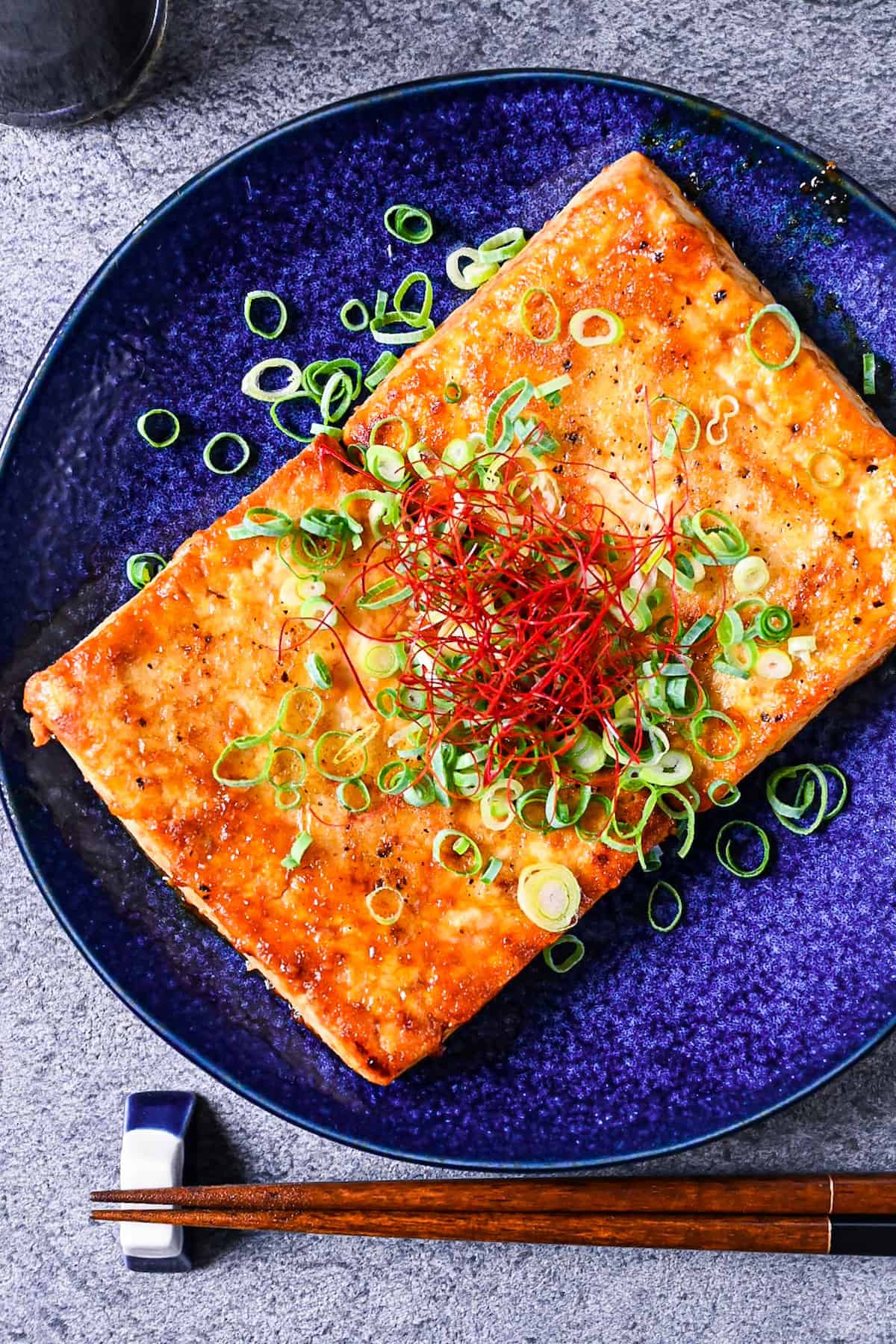
Tofu steak is a healthy and affordable dish made by coating firm tofu with potato starch and pan-frying it.
My recipe uses soy sauce, mirin, sake, ginger, and garlic to create a teriyaki-style sauce. The tofu is crispy on the outside and soft on the inside, and the dish is both tasty and nutritious. Give it a try!
11. Kenchin Jiru (Traditional Japanese Vegetable Soup)
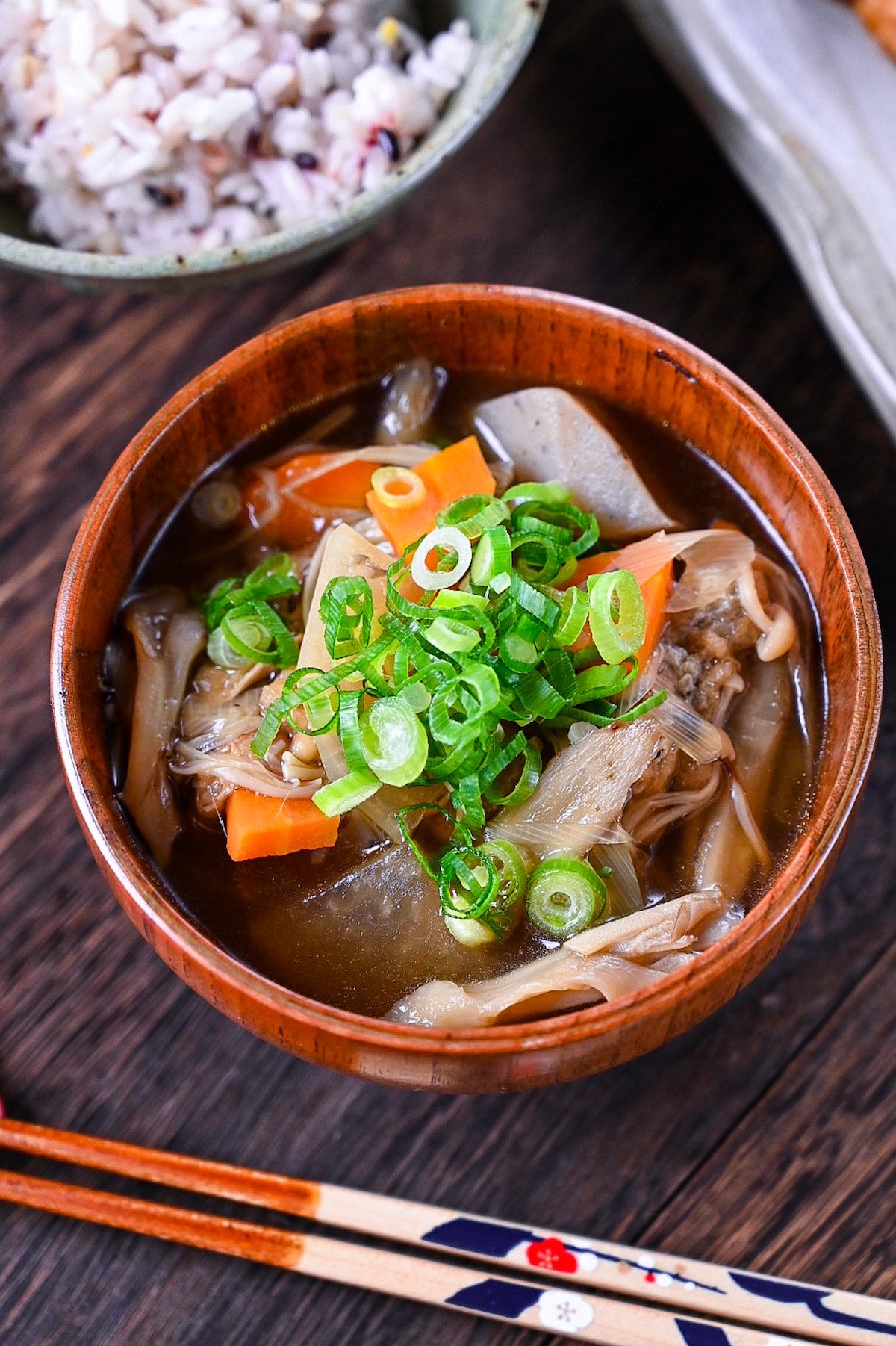
Kenchin Jiru is a traditional Japanese vegetable soup made with daikon, carrots, burdock root, konnyaku, and a vegetarian soup stock. It is entirely plant-based and does not contain any meat or fish.
The soup is seasoned with soy sauce and made with kombu and/or shiitake mushrooms for the broth. This traditional soup has a rich and comforting flavor that is perfect for plant-based lifestyles!
12. Pickled Napa Cabbage (Hakusai no Asazuke)
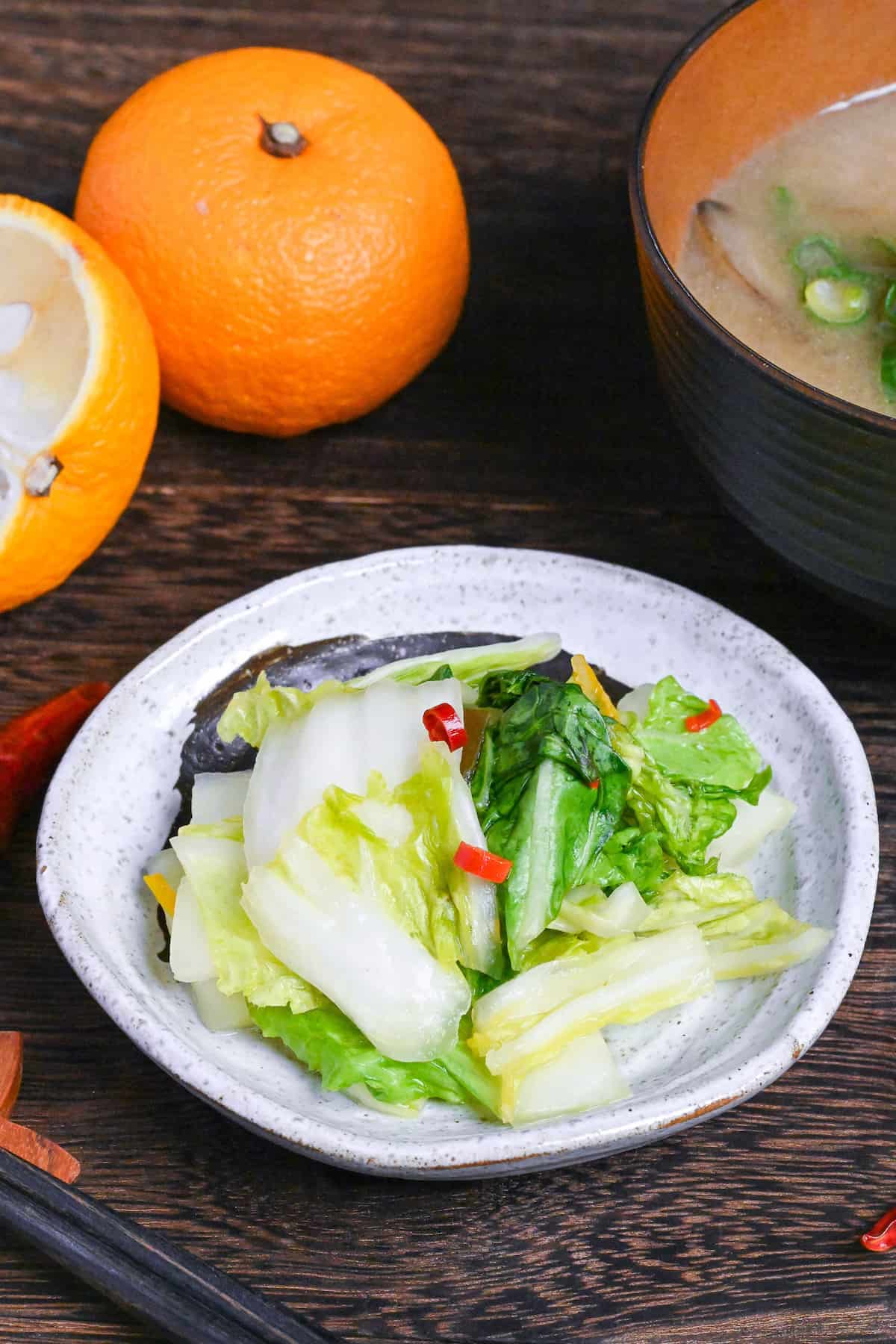
Hakusai no Asazuke is a popular Japanese side dish made by pickling Napa cabbage in salt and seasoning solution for a short time.
It has a sharp and refreshing flavor that is not too sweet and can cleanse the palate. This easy-to-prepare recipe is a satisfying homemade addition to your meal!
13. Teriyaki Tofu Donburi (Vegan Rice Bowl)
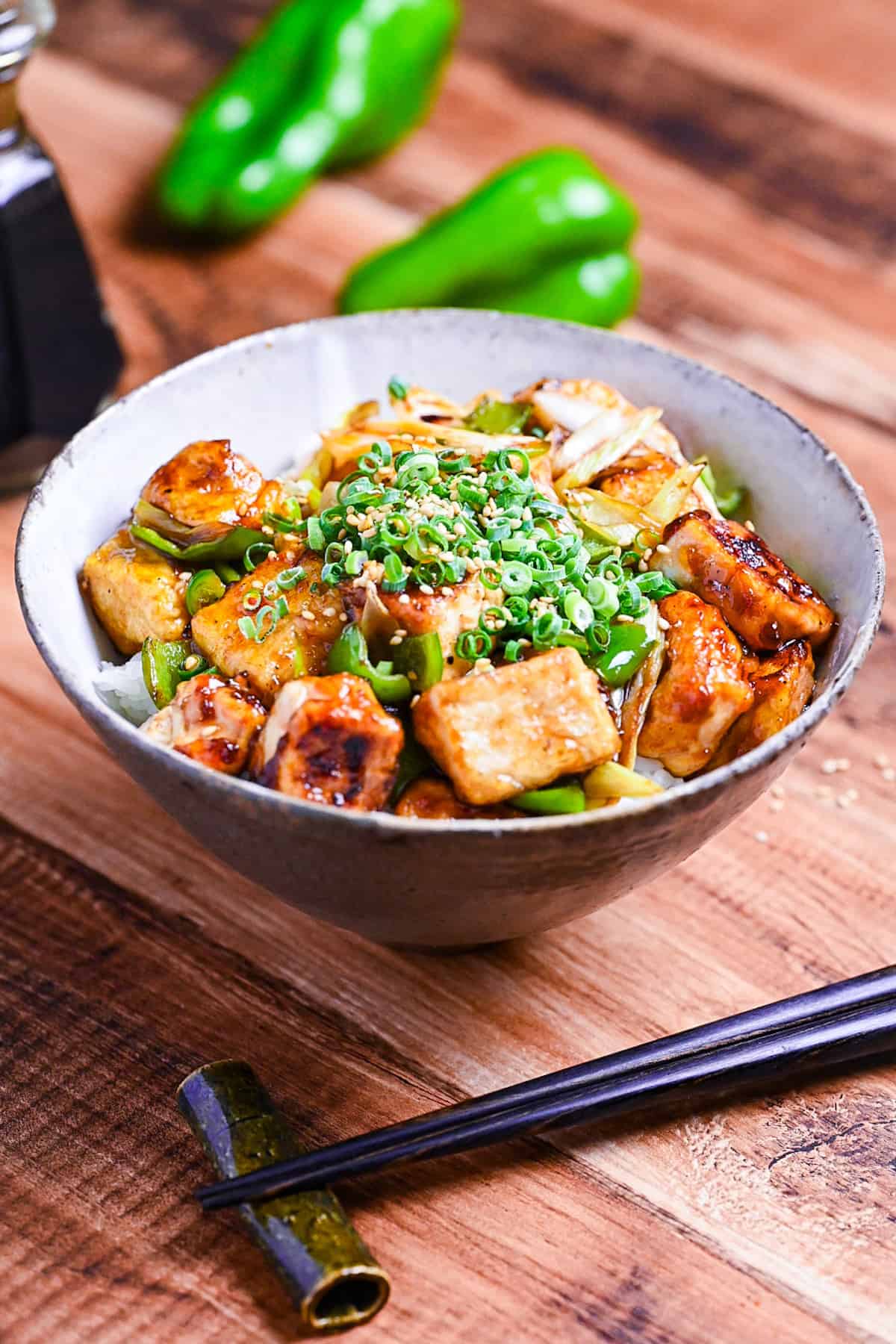
Teriyaki Tofu Donburi is a delicious plant-based dish made by combining tofu with an authentic Japanese teriyaki glaze served on a bed of Japanese white rice.
The tofu is coated with an authentic Japanese teriyaki technique to create a crispy and chewy texture, making it a perfect substitute for teriyaki chicken or salmon. Adding garlic and chili oil adds a spicy kick, making it a must-try dish!
14. Spicy Vegetarian Miso Ramen

Miso ramen is one of Japan’s four major types of ramen dishes. Vegetarian miso ramen is hard to find in Japan, but for this recipe, I use dried shiitake mushrooms and seaweed for the soup base and miso paste, peanut butter, and soy milk to add depth and creaminess.
I roast tofu, kabocha, and zucchini in the oven and use wood ear mushrooms, scallions, nori, and garlic chips for toppings. After experimenting with various seasonings and ingredients, I am quite satisfied with the result of this recipe!
15. Kohaku Namasu with Yuzu (Pickled Daikon and Carrot Salad)
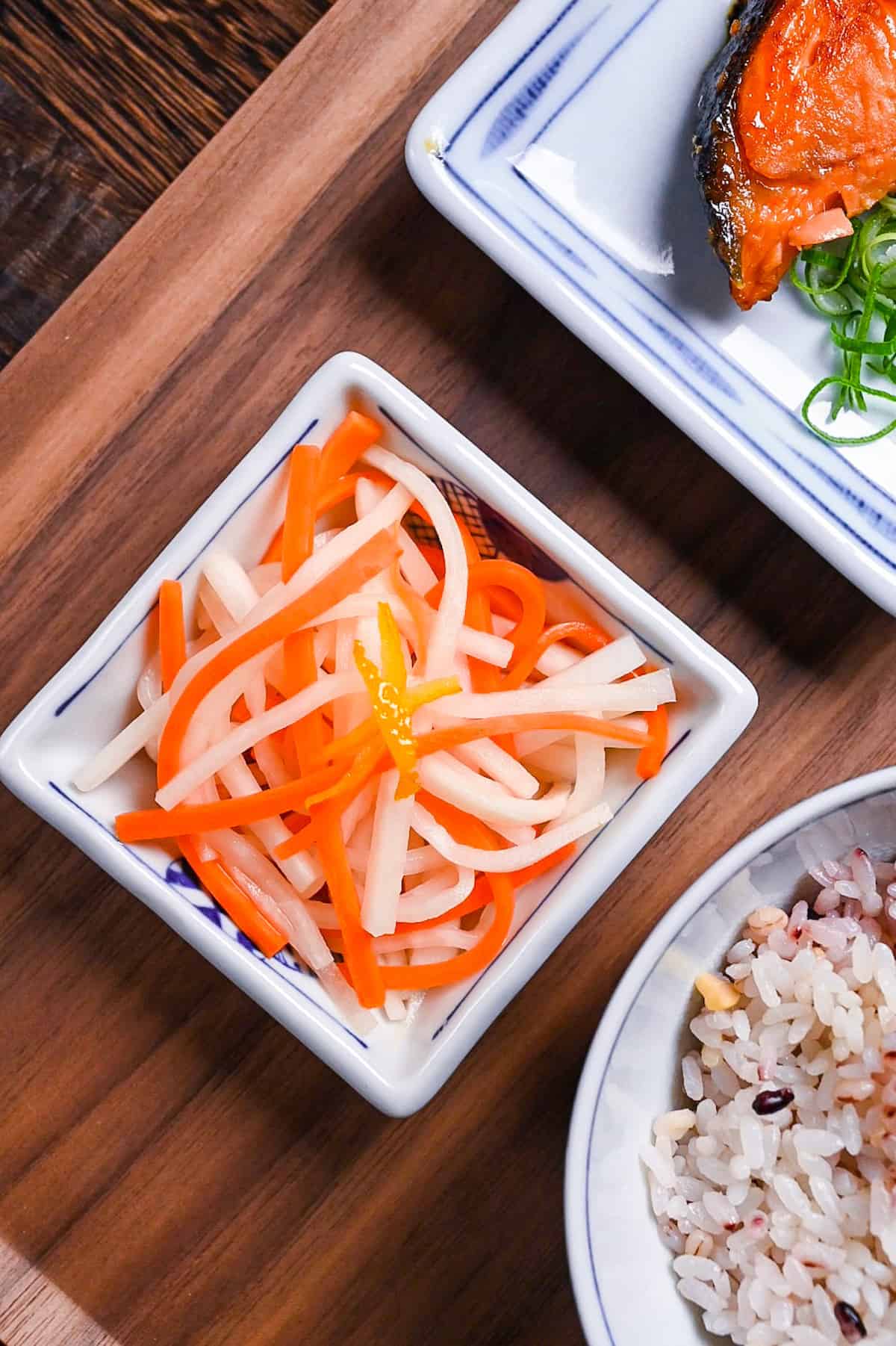
Kohaku Namasu is a traditional Japanese dish made by mixing thinly sliced carrots and daikon radish with vinegar and seasonings. Its red and white color resembles mizuhiki, a traditional decoration for celebrations and gifts, which represents good luck and family peace.
It is often served during Japanese New Year celebrations!
16. Ume Shiso Maki Sushi
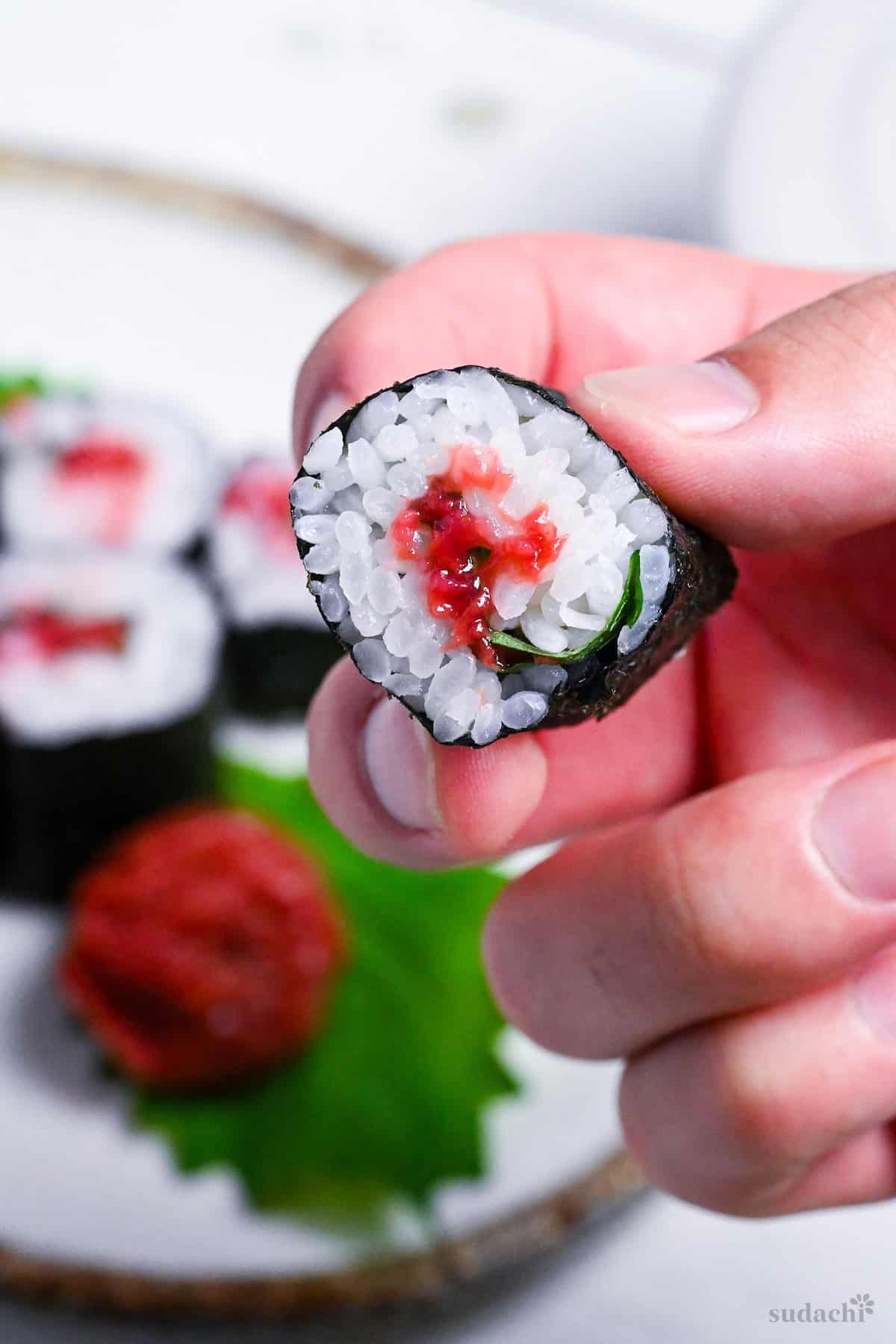
Ume Shiso Maki packs a flavor punch in a tiny package. These vegetarian sushi bites bring together the tangy flavor of Japanese pickled plums with the aromatic notes of perilla leaves, creating a perfect balance of sour, salty, and refreshing tastes.
They’re perfect for plant-based eaters who want to try classic Japanese flavor combos in an easy-to-digest format.
17. Egg-Free Plant-Based Tempura Batter
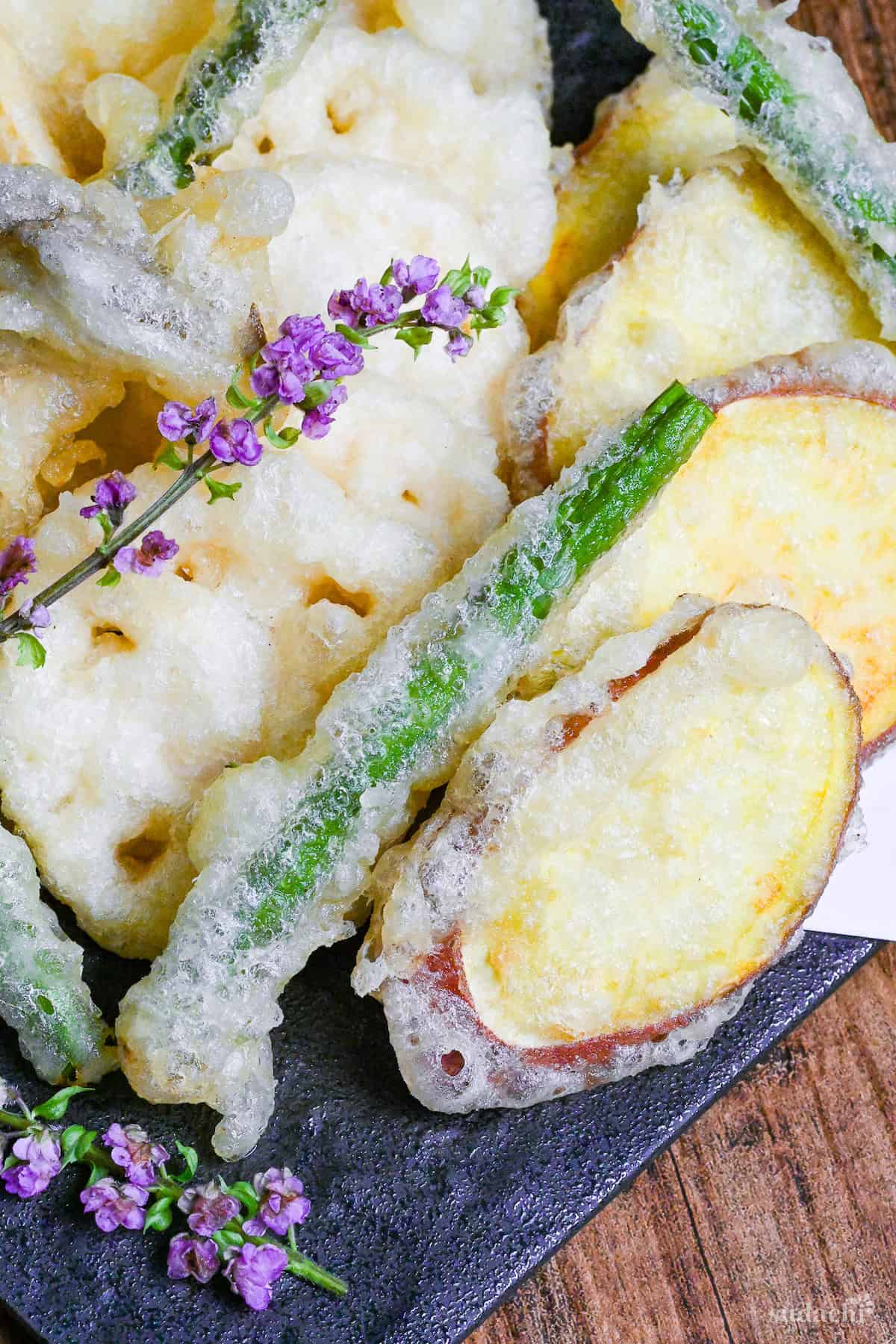
Shojin age (plant-based tempura) is crispy, light, and utterly addictive. I’ve figured out how to make eggless tempura batter without losing any of the crunch.
It’s great for vegans, vegetarians, or anyone interested in trying authentic Japanese tempura without using eggs.
18. Miso Glazed Eggplant
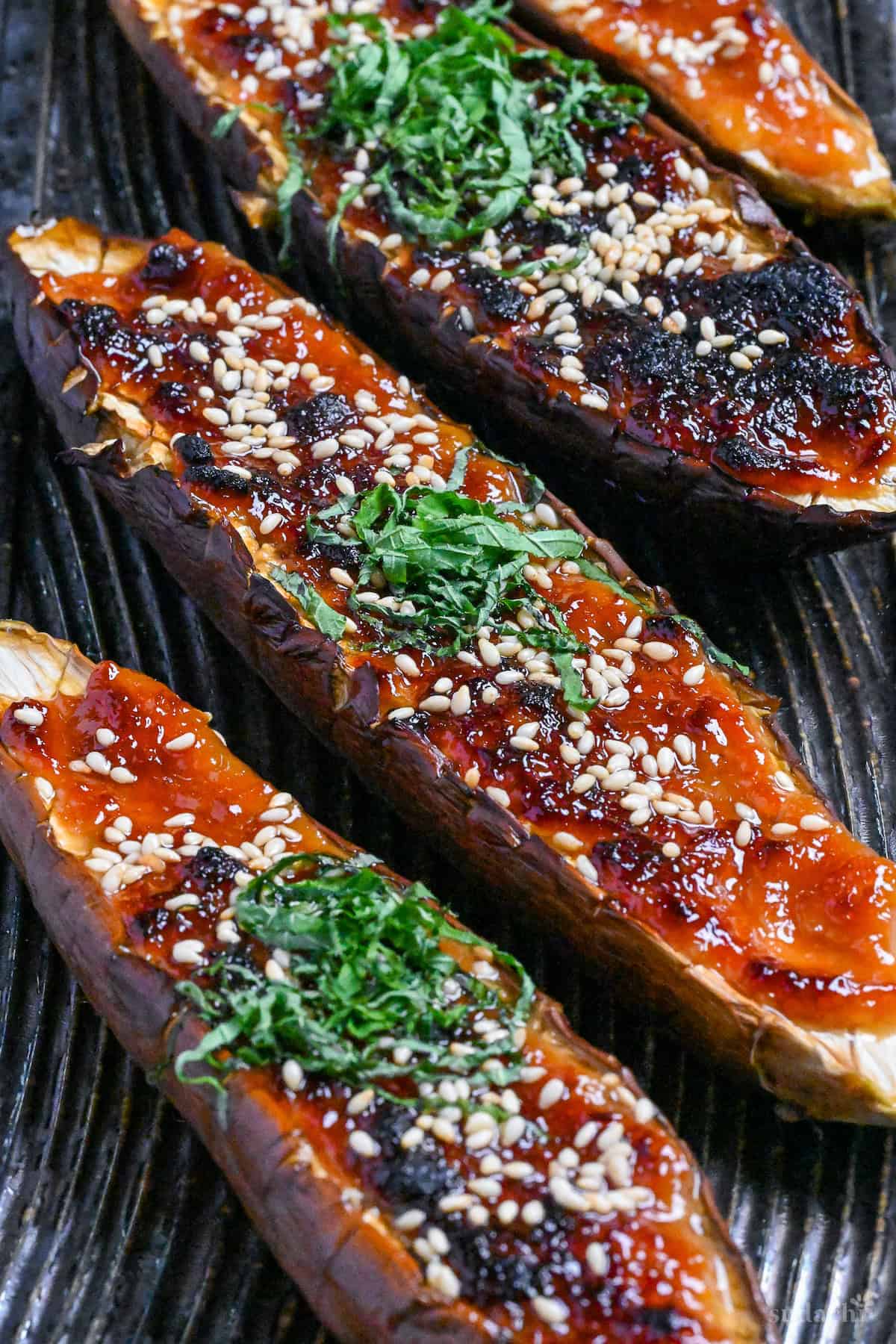
Nasu Dengaku takes humble eggplant and turns it into a flavor sensation. This Japanese vegetarian dish pairs tender, grilled eggplant with a rich miso glaze that’s got just the right balance of sweet and salty.
It’s perfect for anyone looking to explore plant-based Japanese cooking with big flavors.
19. Yudofu (Hot Tofu)

Yudofu reimagined: silken tofu simmered in kombu dashi, with a twist. A spicy sesame sauce that transforms the dish from mild to wild!
If you’re looking for a taste of authentic Japanese flavors with a little something extra, this is perfect for you.
20. Kanpyo Maki Roll

If you’re looking for sushi without the fish, Kanpyo Maki is a great option. It’s made with tender gourd strips cooked in a rich umami sauce!
I’ve broken down this traditional recipe into simple steps to make it easier for you. If you’re vegan, vegetarian, or just curious about classic Japanese sushi, you’ve got to try this!
21. Eggplant “Unagi” Don

Craving kabayaki without the eel? Why not give this eggplant version a try? This silky-soft vegetable is irresistible with its umami sauce.
It’s a great option for anyone interested in trying meat-free “unagi” without the actual unagi.
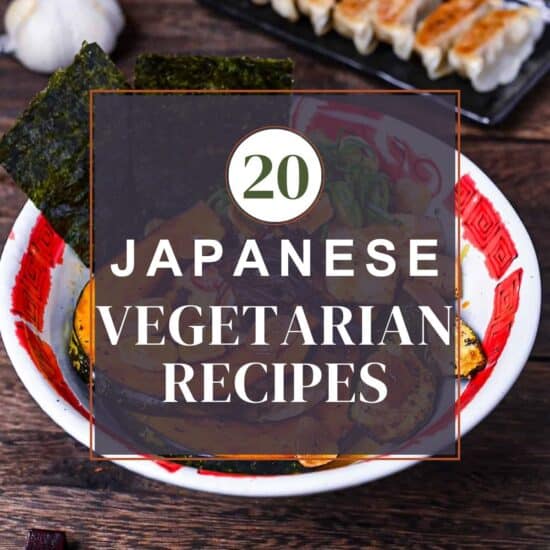

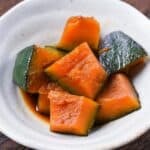

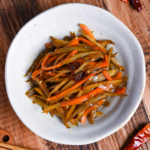
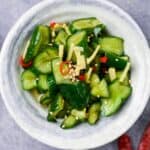



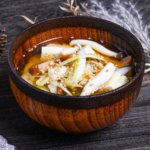




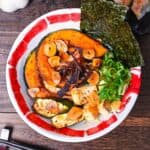
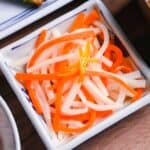

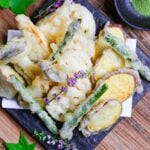

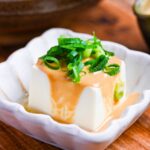


Very nise